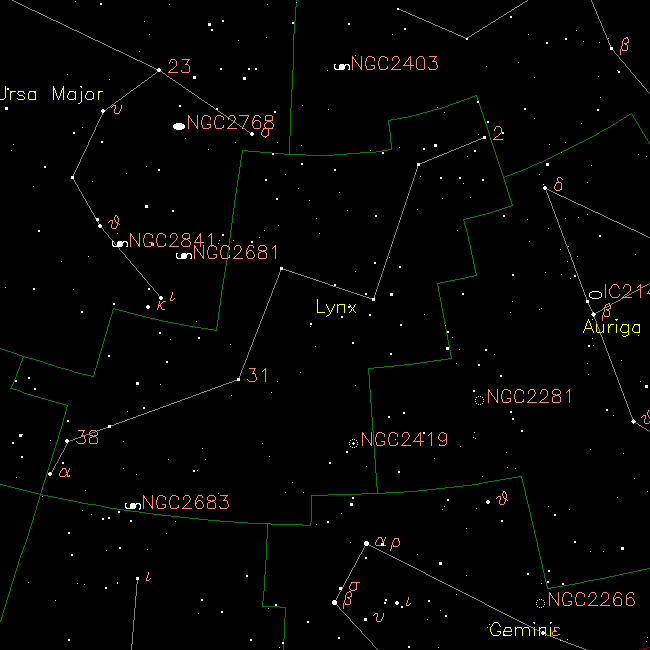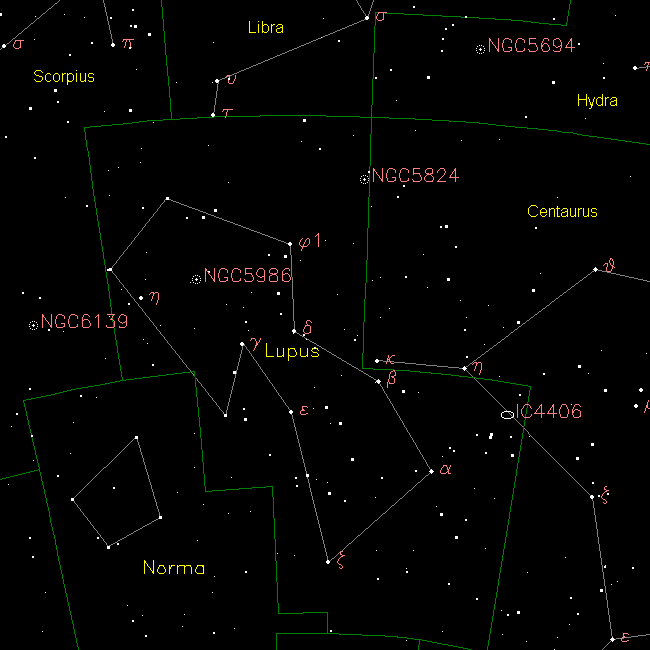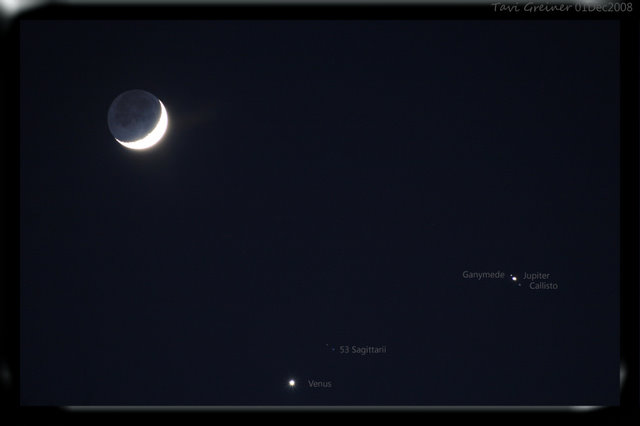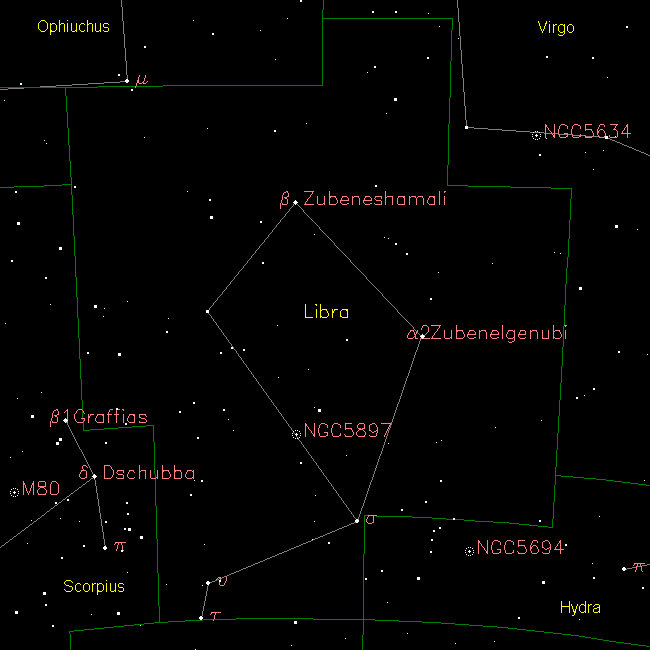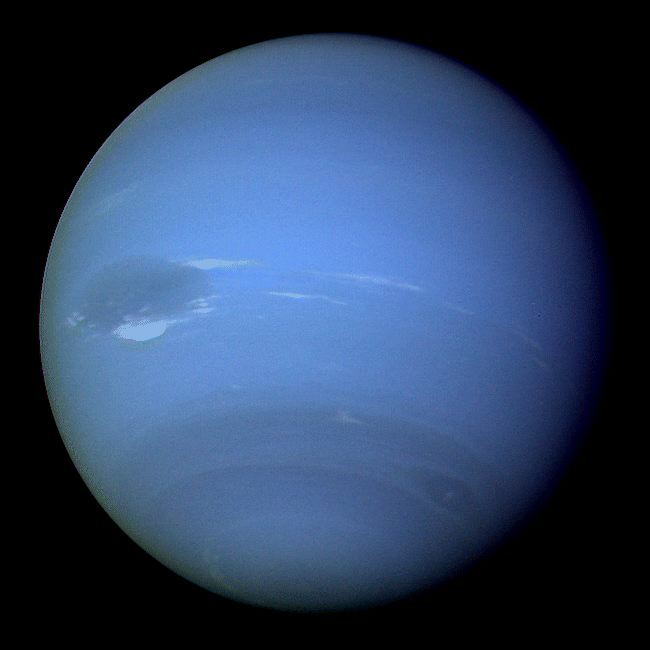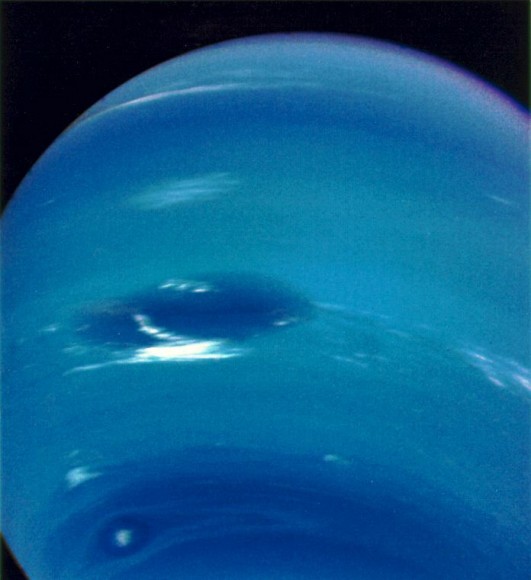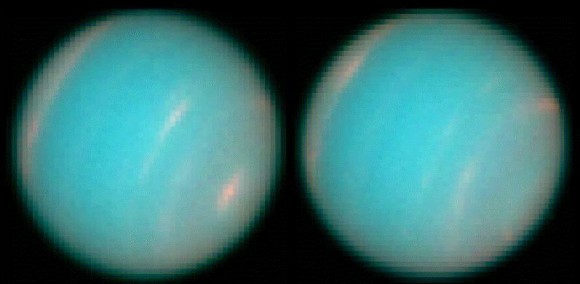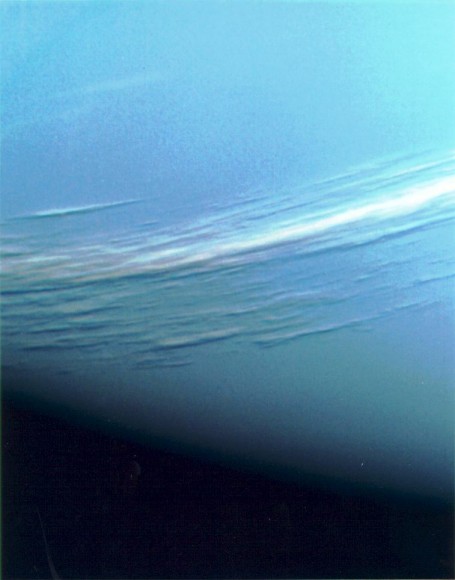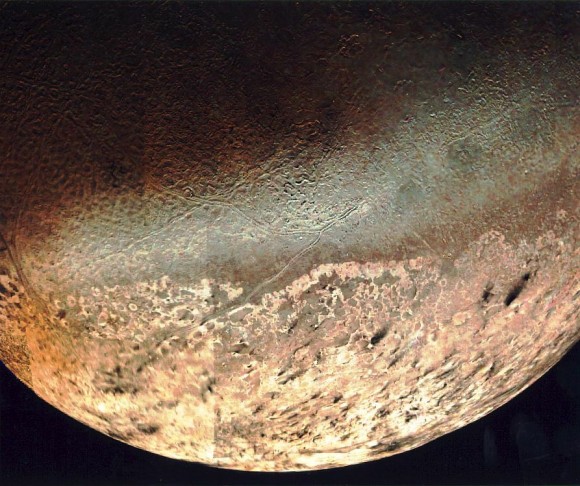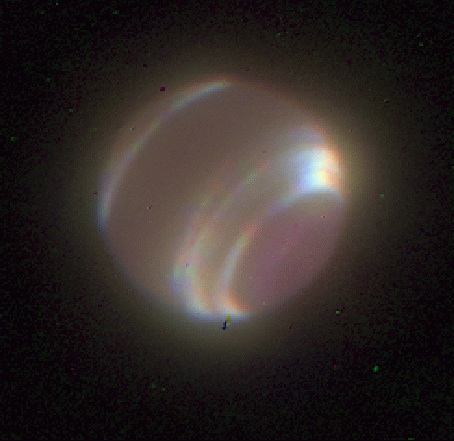[/caption]
Located north of the ecliptic plane, the dim constellation of Lynx was first introduced in the 17th century by Johannes Hevelius in 1687 and later recognized as one of the 88 modern constellations by the International Astronomical Union. According to legend, Lynx is so named because it is a relatively faint constellation, and one would supposedly need the eyes of a lynx to see it. Covering 545 square degrees of sky, it ranks as the 28th largest constellation. Although only 4 main stars form its asterism, Lynx contains 42 stars with Bayer Flamsteed designations. It is bordered by the constellations of Ursa Major, Camelopardalis, Auriga, Gemini, Cancer, Leo and Leo Minor. Lynx is visible to all observers located at latitudes between +90° and ?55° and is best seen at culmination during the month of March.
Since Lynx wasn’t recognized as a constellation until the 17th century, it has no mythology associated with it and it would seem that Hevelius was merely trying to fill in the spaces between the constellations by making up a mythical figure – or was he? Actually, by doing a little research into the life and times of Johannes Hevelius, you might find that he was a very interesting figure and very devoted to nature studies – in particular North America. At the time the lynx was a native of Europe, but hunted almost to the point of extinction. Not so in a new land. To Native Americans, the lynx was legendary – an elusive, ghost-like animal that sees without being seen. It was known as “the keeper of secrets of the forest” and to see it was quite magical – knowing that its secrecy was its strength. Oddly enough, the lynx was chosen as the emblem of the Accademia dei Lincei (“Academy of the Lynxes”), one of the world’s oldest scientific societies. Its piercing vision was invoked symbolically as characteristic of those dedicated to science. So perhaps good old Hevelius wasn’t quite as prone to “filling in the blanks” as we thought, eh?
Now, grab your binoculars and let’s take a look at the only star that Bayer (shame on him) got around to giving a Greek letter to – Alpha Lyncis – the “a” symbol on our map. At 220 light years from Earth, class K (K7) giant star Alpha has no proper name, yet it still burns merrily away at a rough stellar temperature of 3860 degrees Kelvin. It is about a billion and a half years old and perhaps not very special except for it is about 700 times brighter than our own Sun. However, take a look at its twin, star 31. Now, this one did get a name – Alsciaukat – the “Thorn”. It is almost identical to Alpha in every respect, only slightly further away at 390 light years. Their luminousities, their temperatures, their sizes, their ages… Almost twins! Only this time Alsciaukat is also a slight variable star, changing by about .05 magnitude. Why is it a bit different? Chances are it is brightening for the second time – gearing up to become a long term variable like Mira.
For the telescope, have a look at 38 Lyncis. Hevelius wasn’t without a sense of humor, because he named this one Maculosa and Maculata, which synonymously mean “The Spotted One”. Can you guess why? That’s right. It’s because 38 Lyncis is a binary star. Located about 120 light years from our solar system, this star has several components. The 3.9 primary star is also a spectroscopic binary, but look for the near 7th magnitude C star to split easily away and a very widely spaced 11th magnitude D companion, too. While the primary star usually appears to be white in color, look for a slight green tinge, as well as some blue coloration to the C star, too. The double star is on many observing lists!
Now, check out wide visual triple star, 12 Lyncis. Also on a host of observing lists, this one is very easy and very rewarding to small telescopes. Look for a 5.4 primary star accompanied by the 6.0 B star and the further spaced 7.3 magnitude C star. Located about 230 light years away, you can thank Otto Struve for discovering this one in 1828!
For variable star fans, be sure to keep an eye on R Lyncis (RA 07:01:18 Dec +55:19:50). It’s a great Mira-type variable that also does a disappearing act! For a long period of time, R appears as a rather ordinary red 7th magnitude star…. then it drops off the map when it falls down to magnitude 14.3. Weird? Darn right. R Lyncis belongs to a small group of long-period variables with a “S” spectrum – a ‘cool red giant’ that shows the presence of zirconium oxide.
Now we’ll put our “cat’s eyes”, grab our telescopes and go in search of one of the most distant objects in our Galaxy – NGC 2419 (RA 07:38:08.51 Dec +38:52:54). As a telescopic object only, this magnitude 11.5 study requires clear dark skies and at least 150mm of aperture. Since Lynx is a difficult constellation, you will find this easier by going 7 degrees north of Castor. You will know if you have the correct field if two stars appear to the western edge of a hazy patch. There is a very good reason “why” this elusive globular cluster is so special! Most commonly known as “the Intergalactic Wanderer”, the NGC 2419 is so distant that it was at one time believed to actually be outside our own galaxy. Almost all globular clusters are found within our galactic “halo” – a region which exists about 65,000 light years around the galactic center. Our faint friend here is at least 210,000 light years from where it should be! When I tell you it’s out there… I’m not kidding. The NGC 2419 is as distant as our galactic “neighbors”, the Magellanic Clouds! But don’t worry, our Galaxy has sufficient gravitation to keep “the Intergalactic Wanderer” around long enough for you to capture it for yourself!
Ready for more? Then keep the telescope out as we journey towards spiral galaxy NGC 2683 (RA 08:52.7 Dec +33:25). Located 16000 light years away from our own Milky Way Galaxy, this superb edge-on was discovered by William Herschel on February 5, 1788. Holding a bright and respectable magnitude 10 puts it well within realm of smaller telescopes and larger ones will be able to pick out varying degrees of spiral galaxy structure, including hints of a dark dust lane and a bright, bulging nucleus. It’s a Herschel 400 object, so be sure to mark your notes!
Need a challenge? Then try your luck with NGC 2776 (RA 9:12.2 Dec +44:57). At near 12th magnitude, this small spiral galaxy isn’t going to be easy, but a large telescope can handle it. Viewed perfectly face-on, look for the signature round structure with a bright core region and some resolution of arms during good seeing conditions. More? How about 13th magnitude barred spiral galaxy IC 2233 (RA 08:13:58 Dec +45 44:32). Sometimes known as the “Needle” because of its edge-on presentation!
Sources: Chandra Observatory, Wikipedia, SEDS
Chart courtesy of Your Sky.

